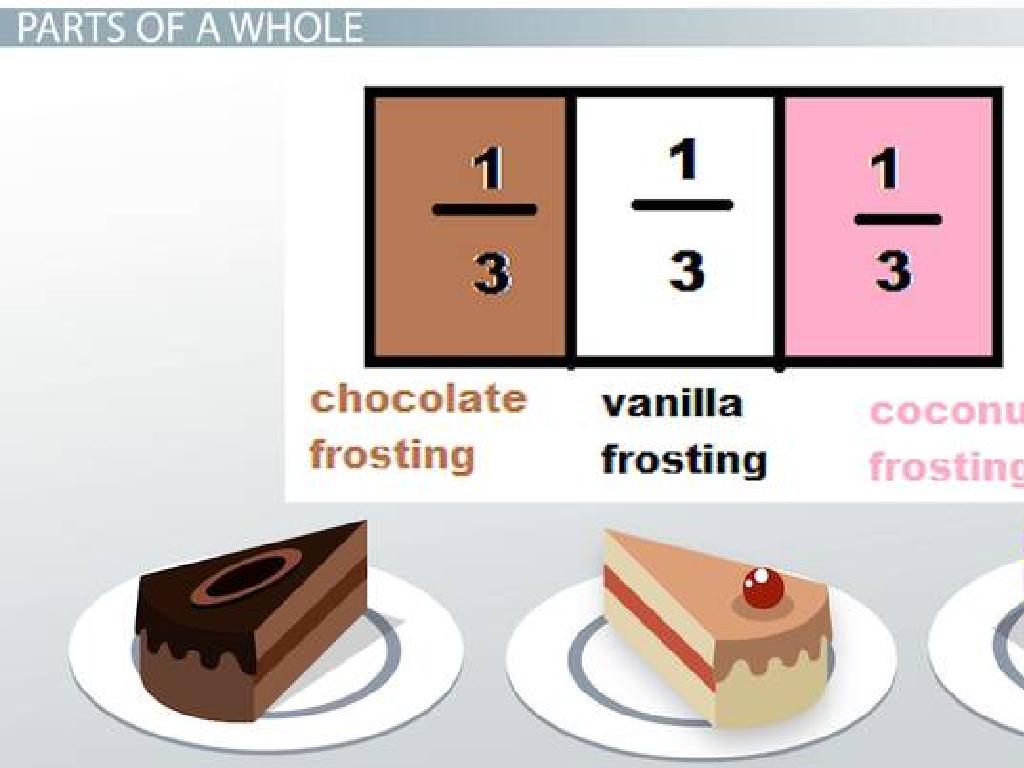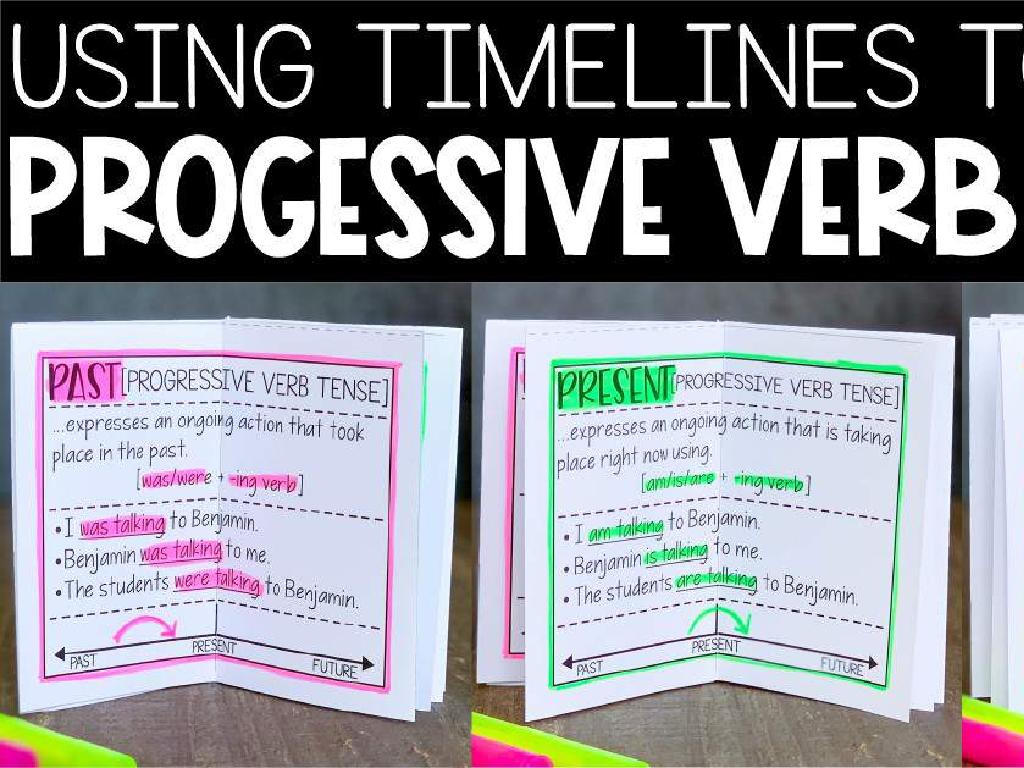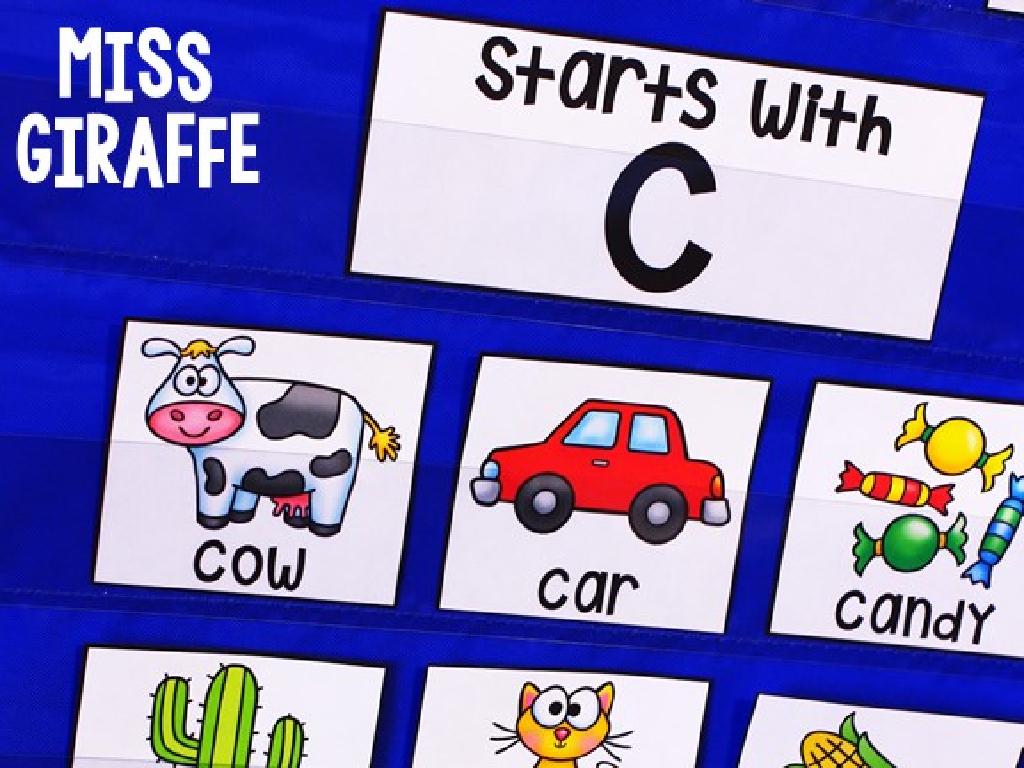The Legislative Branch
Subject: Social studies
Grade: Seventh grade
Topic: Government
Please LOG IN to download the presentation. Access is available to registered users only.
View More Content
Exploring the Legislative Branch
– Three branches of U.S. Government
– The government is divided into Legislative, Executive, and Judicial branches.
– Today’s focus: Legislative Branch
– The Legislative Branch, also known as Congress, creates laws.
– Legislative Branch’s role
– It’s responsible for making and passing federal laws.
– Impact on daily life
– Laws made by Congress affect our education, safety, and rights.
|
This slide introduces the Legislative Branch within the context of the three branches of the U.S. Government. It’s crucial to explain the separation of powers and how the Legislative Branch fits into this system. Emphasize that the Legislative Branch, composed of the House of Representatives and the Senate, is the law-making body of the government. Discuss its role in creating legislation that impacts various aspects of daily life, from education to national security. Encourage students to think of ways laws influence their everyday experiences. This will help them understand the practical significance of the Legislative Branch and its function in ensuring a balanced government.
The Composition of the Legislative Branch
– Congress: Senate & House
– Two main parts: Senate and House of Representatives
– The Senate: 100 Senators
– Each state elects 2 Senators regardless of size
– The House: 435 Representatives
– Number of Representatives varies by state population
– Representation based on population
|
This slide introduces the structure of the Legislative Branch of the United States government, which is bicameral, consisting of two houses: the Senate and the House of Representatives. The Senate is comprised of 100 senators, with each state contributing two senators. This ensures equal representation for each state. On the other hand, the House of Representatives has 435 members whose distribution is based on the population of each state, providing representation proportional to the population. It’s important for students to understand that this structure is designed to balance the interests of states with large and small populations. Encourage students to think about why each state has the same number of senators but a different number of representatives.
The Powers of Congress
– Congress’s role in making laws
– The primary function of Congress is to create new laws that impact the country.
– Taxation and budgeting powers
– Congress can collect taxes and decide how to use funds for the nation’s needs.
– Authority to declare war
– Only Congress has the power to officially declare war on other countries.
– Raising and supporting the military
– Congress is responsible for establishing and maintaining our armed forces.
|
This slide aims to outline the significant powers held by the United States Congress. As the legislative branch of the government, Congress’s primary function is to make laws that govern the country. Additionally, Congress holds the power to tax citizens and allocate federal spending, particularly for defense and general welfare. The power to declare war is a critical function that rests solely with Congress, emphasizing the importance of checks and balances in government. Furthermore, Congress has the authority to raise and support armies, which includes the ability to establish military bases, fund the armed forces, and oversee national defense. During the presentation, provide historical examples of each power in action, such as landmark legislation, tax initiatives, declarations of war, and military support decisions.
How a Bill Becomes a Law
– The journey of a bill: idea to law
– A bill starts as an idea and goes through a detailed process to become a law.
– Committees’ role in shaping a bill
– Committees review, amend, and vote on bills before they reach the full chamber.
– Presidential decision: sign or veto
– The President can approve the bill or reject it with a veto.
– The lawmaking process in action
|
This slide outlines the complex journey of a bill becoming a law in the U.S. government. It begins with an idea, which is then drafted into a bill. This bill is introduced to Congress and sent to relevant committees, which play a crucial role in reviewing and revising the proposed legislation. After committees, the bill is debated and voted on by both the House and Senate. If it passes, it’s sent to the President, who has the power to sign it into law or veto it. If vetoed, Congress can override the veto with a two-thirds majority vote. This process ensures that every law is carefully considered and debated, reflecting the democratic principles of the nation. Encourage students to think of an idea for a law and imagine the steps it would take to become official.
The Importance of Representation in Government
– Electing representatives matters
– Voting for representatives gives you a voice in government.
– Census determines representation
– The census counts population to allocate seats in the House.
– Constituents influence legislation
– Constituents can lobby, vote, and communicate to impact laws.
– Your voice shapes the nation
|
This slide emphasizes the significance of representation in a democratic government and how individuals can exercise their power through voting and other means. Highlight the importance of each vote in electing representatives who make decisions on behalf of the people. Explain how the census is crucial in determining the number of representatives each area receives, ensuring equal representation based on population. Discuss the various ways constituents can influence legislation, such as contacting their representatives, participating in town hall meetings, and voting in elections. Encourage students to think about how their engagement in civic duties can shape the policies and laws of the nation.
Class Activity: Drafting a Bill
– Work in groups to create a bill
– Identify a problem to address
– Think about issues that affect your classmates and school.
– Draft your bill’s details
– Include a title, purpose, and steps for implementation.
– Present and vote on the bill
– Convince your classmates why your bill should pass.
|
This activity is designed to give students a practical understanding of how a bill is created within the legislative branch. Divide the class into small groups and have each group identify a real problem in their school or community that they would like to solve. Each group will then draft a bill, including a title, the purpose of the bill, and a detailed plan for how it will be implemented. Once the bills are drafted, each group will present their bill to the class, explaining why it is necessary and how it will solve the problem they’ve identified. After all presentations, hold a class vote to see which bills would pass. This exercise will help students understand the legislative process and the importance of clear communication and persuasive argumentation in politics. Provide guidance on how a bill is structured and tips for effective presentation.





